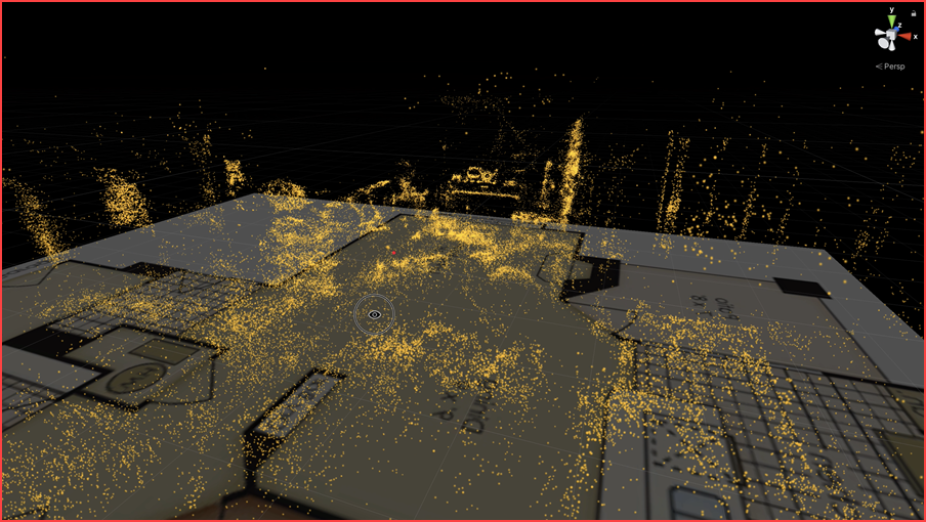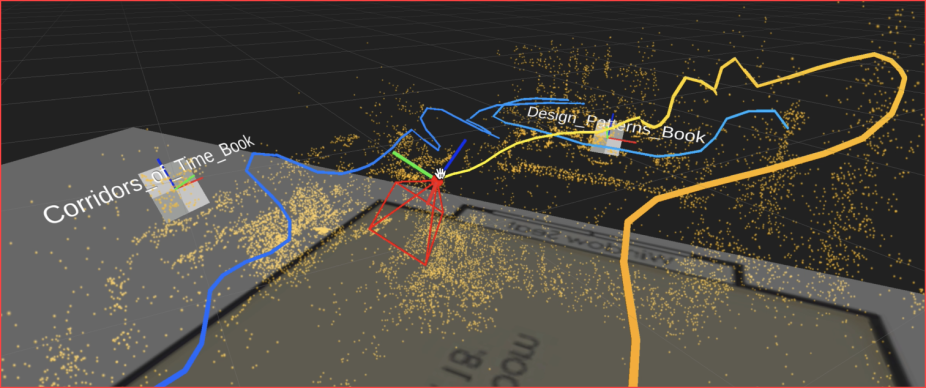NCAR partners with Smithsonian for augmented reality project
Teaming up to develop an application for museums and exhibit spaces
NCAR and the Smithsonian National Museum of African American History and Culture have teamed up to develop an augmented reality (AR) application for use in museums and exhibit spaces.
The idea grew out of a winning entry in UCAR’s first U-Innovate Pitchfest competition in 2019. Nihanth Cherukuru, a project scientist on CISL’s Visualization and Analysis Software Team, pitched the concept of using AR to make indoor spaces accessible for people who are blind or visually impaired. It was subsequently funded through NCAR Education & Outreach to improve the accessibility of exhibit spaces and to support efforts to reach out to groups that are traditionally underrepresented in STEM.

An AR application run on a smartphone shows a point cloud silhouette of furniture and objects present in an indoor setting. The cloud is overlaid on a map of the building, demonstrating the accuracy of this technique for indoor wayfinding.
“We anticipate this will be adopted by other exploratory indoor spaces such as museums and galleries,” Cherukuru said, including those that deal more directly with atmospheric and related sciences. “It is imperative to make the exhibit content accessible to everyone. However, the ocularcentric designs — designs that privilege vision over other senses — of most of the museums and galleries exclude people with vision disabilities. We hope that this technology could help us address this shortcoming in making our facilities more accessible to future visitors and employees going beyond the current Americans with Disabilities Act standards."
Beyond serving as assistive technology for the blind and visually impaired, the app could also be used to address language barriers by including information in multiple languages.
The team is developing a prototype that will have two components: A mobile AR application that enables visitors’ mobile devices to access nearby audio tags and play the relevant audio as they move through a space, and a web-based application for museum and other personnel to create and manage the audio content.

Another image from the AR application shows the path taken by the smartphone as well as the point cloud overlaid on the building map.
“This project demonstrates how AR technologies can be applied in novel ways to engage wider and more diverse audiences as well as help promote NCAR research and science to the broader public,” according to CISL Outreach, Diversity, and Education Team’s AJ Lauer. “It is an exciting collaboration that we are enthusiastic to be a part of.”